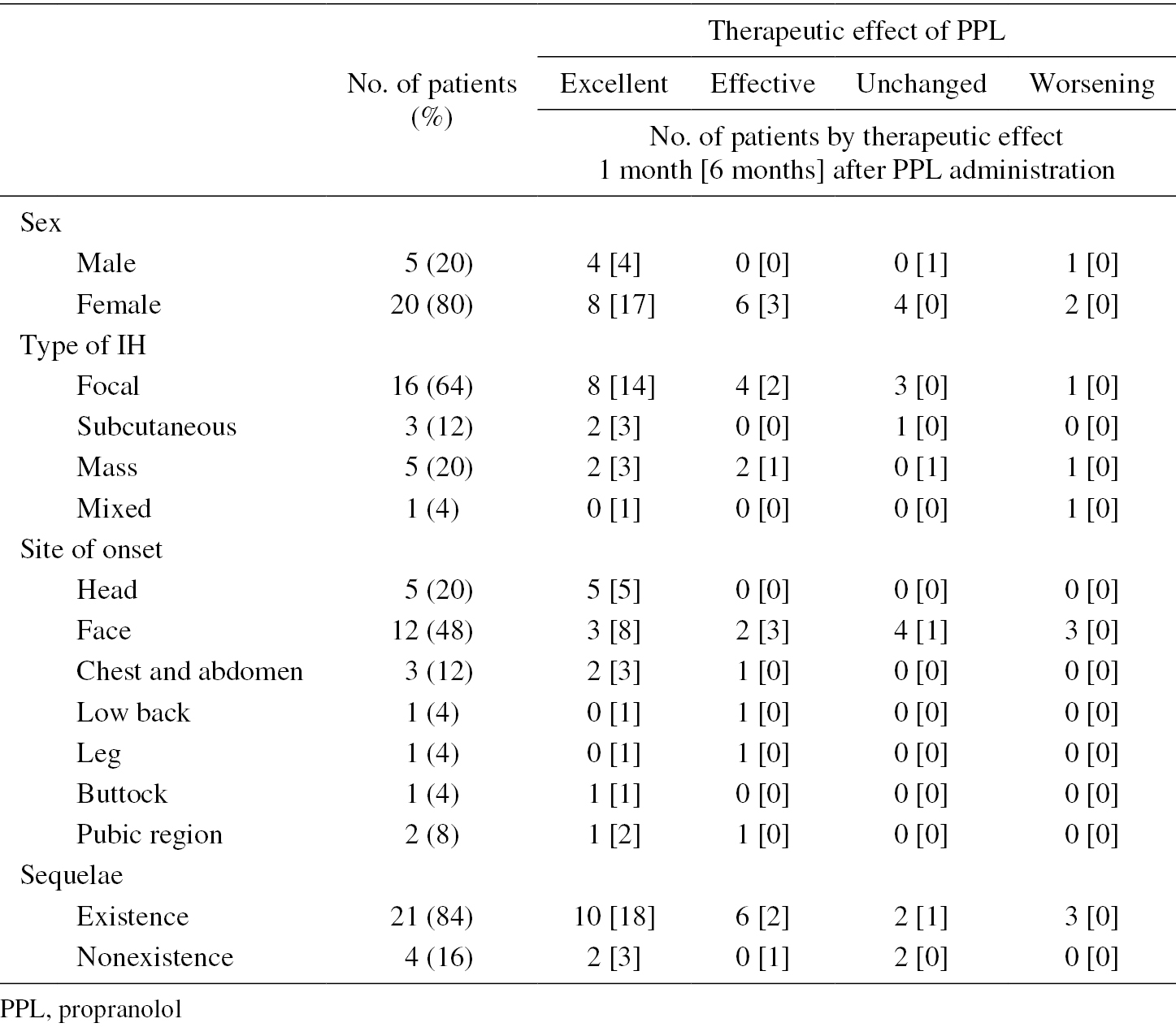Volume 3, Issue 2
Displaying 1-8 of 8 articles from this issue
- |<
- <
- 1
- >
- >|
Review Article
-
2024 Volume 3 Issue 2 Pages 43-52
Published: April 27, 2024
Released on J-STAGE: April 27, 2024
Advance online publication: October 12, 2023Download PDF (830K)
Original Research
-
2024 Volume 3 Issue 2 Pages 53-63
Published: April 27, 2024
Released on J-STAGE: April 27, 2024
Advance online publication: November 28, 2023Download PDF (1107K) -
2024 Volume 3 Issue 2 Pages 64-70
Published: April 27, 2024
Released on J-STAGE: April 27, 2024
Advance online publication: October 12, 2023Download PDF (1124K) -
2024 Volume 3 Issue 2 Pages 71-78
Published: April 27, 2024
Released on J-STAGE: April 27, 2024
Advance online publication: March 01, 2024Download PDF (862K)
Case Report
-
2024 Volume 3 Issue 2 Pages 79-82
Published: April 27, 2024
Released on J-STAGE: April 27, 2024
Advance online publication: September 08, 2023Download PDF (732K) -
2024 Volume 3 Issue 2 Pages 83-88
Published: April 27, 2024
Released on J-STAGE: April 27, 2024
Advance online publication: March 01, 2024Download PDF (752K)
Technical Note
-
2024 Volume 3 Issue 2 Pages 89-93
Published: April 27, 2024
Released on J-STAGE: April 27, 2024
Advance online publication: November 28, 2023Download PDF (1081K)
Brief Report
-
2024 Volume 3 Issue 2 Pages 94-98
Published: April 27, 2024
Released on J-STAGE: April 27, 2024
Advance online publication: October 12, 2023Download PDF (305K)
- |<
- <
- 1
- >
- >|








